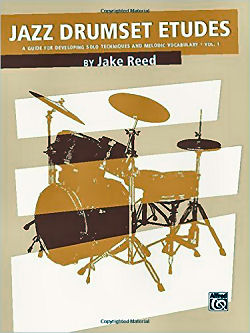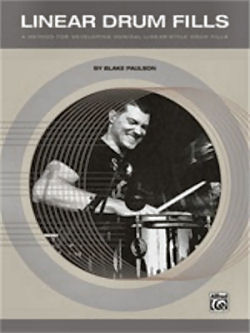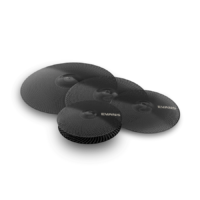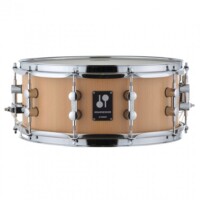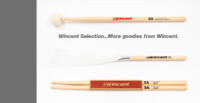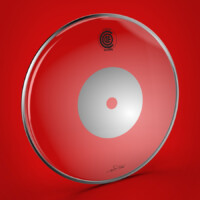| Drummer Wanted – Daniel Mullowney
An interesting book from the start, Drummer Wanted contains a huge selection of grooves, charts and styles that are likely to appear in real world situations. The first chapter in the book focuses on what the author refers to as “Home-Base Beats”. These are your go to grooves, which you may need to call upon at any time in a cruise ship/dance gig situation; Bossa, Samba, Mambo, Foxtrot and so on. It’s a nice way to bring some of the great variations of basic grooves that we’re already familiar with into a book that also focuses on some of the more involved elements of reading music. Jazz is the focus of chapter 3, including swing patterns, blues and charts/tracks to help you practise trading 4’s and 8’s. Chapter 4 brings “Big Band & Show Band” into the equation, including a selection of 3 play along charts with all the usual road map elements and figures you’re likely to encounter on a gig. The second to last chapter looks at transitions common to show charts; the change in time signature and the final chapter looks a little at snare solos. Although the solos are fairly straight forward they serve a purpose and do so adequately, although there are some great books out there that go a lot deeper into solos on the snare drum. The appendix is also a really nice summary of terms likely to appear on big band and show charts including the various dynamic instructions, note and rest values and symbols. As I mentioned, there are a large number of high quality backing tracks which can also be used on a computer alongside Alfreds Tempo Changer software. This allows you to select a track on the disc and adjust the tempo accordingly, to where ever that may be. This is a great book, extremely useful for anyone looking to brush up on their styles and chart reading and I highly recommend it. Rob Crisp |
Jazz Drumset Etudes – Jake Reed Jazz Drumset Etudes features a number of jazz solo studies, played on the full set and containing the influences of some great jazz drummers such as Philly Joe Jones and Max Roach. There are a total of 20 studies, gradually increasing in difficulty although they all stick religiously to simple swung 8th note rhythms, this is just volume one so I imagine a more challenging second volume is probably underway. I would have no problem in using these ideas for less or more advanced students, simply because the simplicity of the parts allows for a real focus on the musical aspect and flow of each piece. It’s clear this book is more about playing musically than working through difficult concepts or ideas and it’s extremely enjoyable! Divided into three sections, the first introduces all 20 etudes as simple rhythms played over a the hi hat on beats 2 and 4 before orchestrating the rhythms on different voices in section two and finally adding other elements such as accents and more challenging dynamics in section three. I really like this book and think its simple approach to developing from a basic rhythm to a full solo is really effective. Jazz students should definitely check this out, but I also feel this book has merit outside of that, as it will encourage the playing of the drums in a musical context. Rob Crisp |
Linear Drum Fills – Blake Paulson For fans of linear drumming and in particular linear fills, this book will certainly appeal. It opens with a section of warm ups which include some simple combinations of hand a feet exercises and permutations thereof, including 16th notes, triplets and shifting gears into “double speed”. In section 2, we get into some nice linear 16th note fills and begin the main exercises proper. Each lesson has a main concept which lasts for a whole bar and resolves on the 1 of the next bar. The following 8 exercises on each page lose a note from the end as they go, allowing you to adapt the fill to end at any point in the second half of a bar. It’s a simple but effective approach to building linear fills. The foot as well as the hands take it in turn to lead a fill, lesson one starts on the hands and lesson two the feet, alternating as such for the rest of the section up to a total of 20 different lessons/concepts. The next section is much the same process but with triplets. Sections 4 and 5 brings in a “groove and fill” context, where you practise playing a groove and then moving into a linear fill previously worked on in the book. At the back of the book there is a series of pages with note beam subdivisions written out to allow you to write out your own fill ideas. This is a very easy book to get to grips with a large number of pre-worked linear combinations and if you’re looking for an easy introduction to linear fills from which to develop your own ideas, this is worth a look. Rob Crisp |

